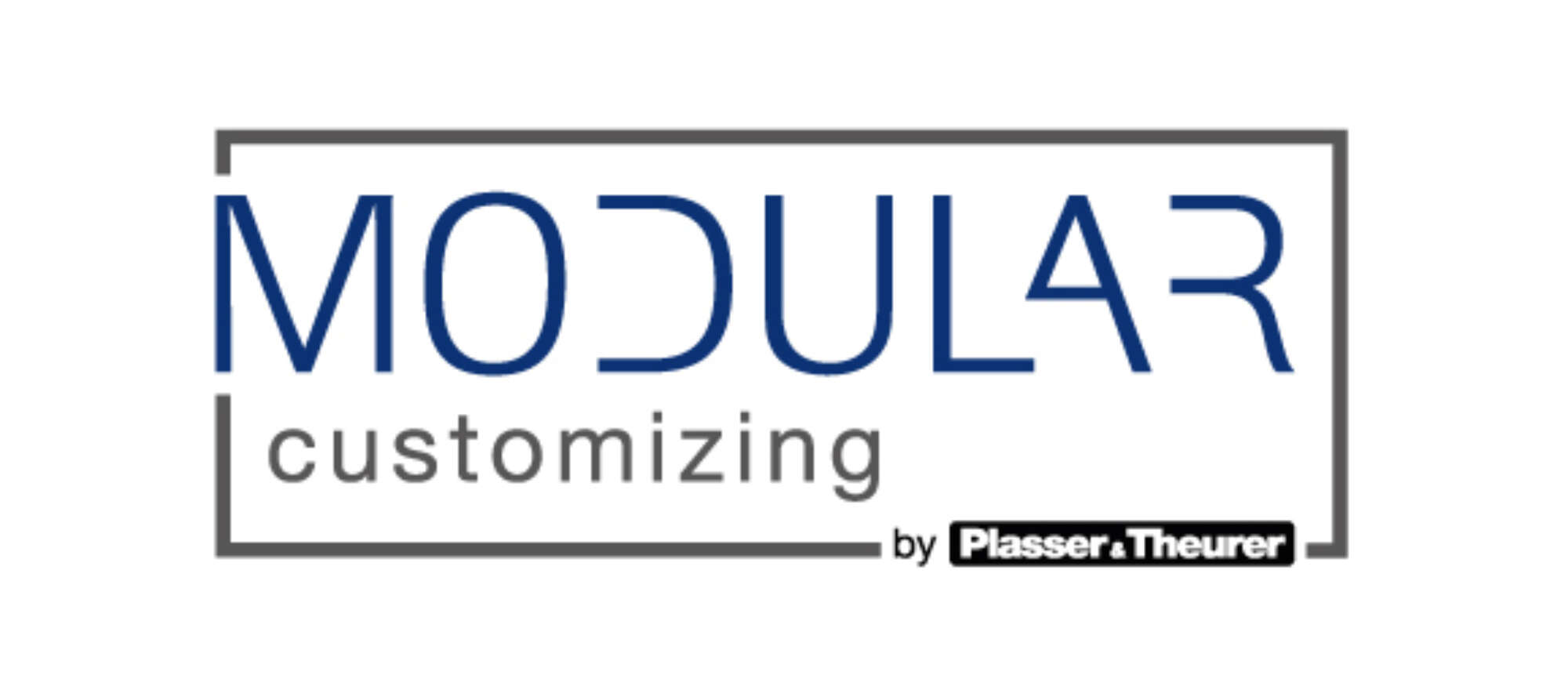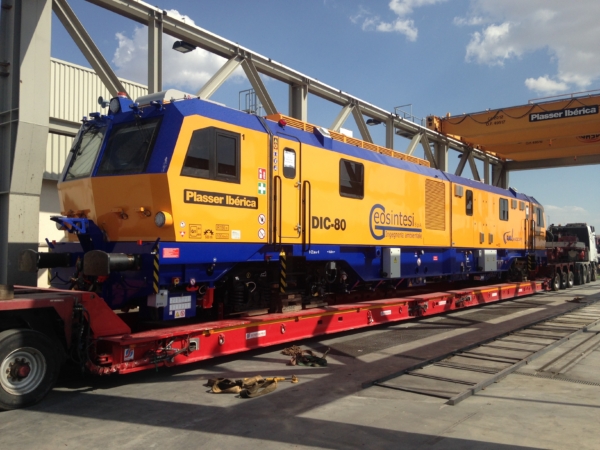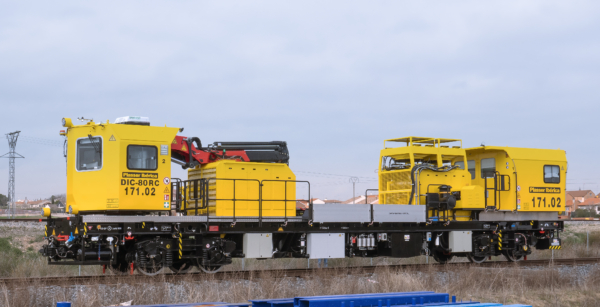 today 137
today 137
Equipped with cabs, a crane, a lifting platform, or designed as a material car: the requirements operating companies have for support vehicles are as diverse as the equipment options of our vehicles from the DIC series. This series relies on our ModularCustomizing concept, as do some of our other machine series.
Using a modular assembly principle, the work units are mounted on the selected basic platform. Choosing from a wide range of equipment, the machine can be individualised and expanded. All key components of the DIC series, such as wheelsets, brakes, hydraulic and pneumatic components, meet the high quality standards of Plasser & Theurer machines. Of course, work units and technologies provided by the customer can also be incorporated.
Our Spanish partner company, Plasser Ibérica, developed the DIC series for the Spanish market in the 1990s. The goal was to create simpler and more affordable alternative support vehicles that cater to the Southern countries of the EU.
The modular design of the DIC series makes it possible to build machines that meet the individual needs of our customers, without changes to the basic pricing structure. Over the past 30 years, Plasser Ibérica has successfully designed and manufactured more than 150 vehicles of the DIC series in Spain. So far, the target markets for these machines have been Spain, Portugal, Italy, Mexico, Colombia, Ecuador, Algeria, Saudi Arabia, and Iran.

Today, the series comprises machines that are between 8 m and 30 m long, ranging from small auxiliary vehicles, such as the DIC-10, to machines in a two-part design, such as the DIC-90. The machines’ possible fields of application include the transportation of crews, spot maintenance, track repair and maintenance as well as the installation and maintenance of contact wires.
The DIC-80 is a very popular basic machine. In the following, we will see three versions of this model, employing very different equipment options. Two new vehicles were delivered to Italy, one was delivered to Spain. The two DIC-80 delivered to Italy are the largest machines of the DIC series so far. The machines are more than 22 m long and feature a 15 m distance between the bogie pivots. They are four-axle vehicles using the standard gauge of 1,435 mm, and are homologated as per EN-14033:2018.

The Italian company Geosintesi is an innovative supplier in the field of vegetation control, particularly in the railway sector. This DIC-80 is equipped with a measuring system developed by Geosintesi. Optical sensors determine the degree of vegetation cover and control the herbicide spray system. The required amount of herbicides is applied only where it is necessary. As a result, the environmental impact is reduced to a minimum. The vehicle has already successfully completed its first trial runs. Regular operation has started in Northern Italy.

Rete Ferroviaria Italiana (RFI) is in charge of the railway network and infrastructure of the Italian railway. RFI has been operating the new measuring vehicle throughout Italy since the end of 2019. The ultrasonic measuring system is being used to inspect the entire high-speed line for rail defects. Additionally, the vehicle is equipped with systems for measuring the track geometry and the rail profile. The data is analysed at four measuring desks in the spacious cabs. The DIC-80 also has a train control system which allows it to travel in regular traffic as a “train”.

The Catalan railway company Ferrocarrils de la Generalitat de Catalunya (FGC) operates a network of electrified suburban lines in Barcelona and Catalonia. Their DIC-80 features an entirely different set of equipment. The basic platform is slightly shorter and has a distance of 12 m between the bogie pivots. The platform has been equipped with a crane and a loading platform for transporting material. The two-engine vehicle is powerful and reaches self-propelled speeds of up to 80 km/h. At one end, the vehicle features a spacious driving cab. A pivoting cab at the other end includes the crane control.